5 Uses of Powdered Herbs and How to Make Them
This week, I want to share a new way to use herbs, creating the perfect base for some of my favorite topical formulations. It might seem basic, but some of the best things are! Here, I’ll share three ways to create powdered herbs and five ways to use them. This fast and easy form of herbal processing is an essential skill for budding herbalists.
Why Use Powdered Herbs?
You might be wondering why you should use powdered herbs. I find it useful when I want to gain the full effect of the plant I'm using. Grinding the plant mechanically breaks down the plant parts, helping to release the goodness inside. This is especially important for hard plant material like roots. Whenever I use roots or stems in tea or tincture, I grind them first to aid in the extraction process. Leaves and flowers usually contain a higher amount of volatile oils, aka essential oils. Powdering these parts releases more of these oils, enhancing their benefits. Powdered rose petals, for example, are perfect for face masks, providing gentle exfoliation and skin benefits.
Array of powdered herbs
3 Ways to Make Powdered Herbs
Before diving into the uses, let’s break down a few methods to powderize your plants. The goal is to create a uniform powder that has sufficiently broken up the plant matter to release the medicinal properties. Ensure your plant matter is completely dry, as fresh material with too much water will turn into a paste when ground.
There are three main ways I powderize my herbs, depending on my needs: using a mortar and pestle, a blender, or a coffee grinder.
Mortar and pestle with chilies
Mortar and Pestle
Using a mortar and pestle is perfect for creating small amounts of powdered herbs, allowing you ultimate control over the final consistency. It’s ideal for cooking, though it’s harder to break down stems and roots with this manual method.
How to: Add a small amount to the mortar and use the pestle to grind the herb until you reach the desired consistency.
Drawbacks:
Can only make a small amount at a time
Harder to break down stems and roots
Harder to clean
Benefits:
Easy to process
Allows for coarse or fine powder
Blender or Food Processor
For large amounts of powdered herbs, a blender or food processor is your best friend. This method is perfect for business owners or for harder-to-grind materials like roots and stems. Be careful when removing the lid, as fine powders can irritate the lungs. Consider wearing a mask if making a lot.
How to: Add a small amount of your plant to the blender, shut the lid, and blend. Check every 30 seconds until you get the desired consistency.
Drawbacks:
Hard to control the consistency
Can irritate the lungs, so wear a mask
Benefits:
Make large amounts quickly
Typically creates a fine powder
Easy to break up hard plant material
Coffee Grinder
My favorite method, the coffee grinder, is fast, easy, and perfect for DIY remedy making. It combines the benefits of the other methods and is more controllable.
How to: Add plant material to the grinder, making sure to fill below the max level. Affix the lid and grind, monitoring every few seconds until you achieve the desired consistency.
Drawbacks:
Makes a small amount at a time
Benefits:
Quick and easy
More controllable consistency
Can make several small batches
Sifting to create a smooth powder
Sifting is Key to a Smooth Powder
The key to creating a high quality powder is to sift! Grinding is only half of making powdered herbs. After you have ground the herb with your preferred grinding method, pour the powder onto a sifter and sift. I use a standard kitchen sifter, but you can find finer or coarser sifters online or at your local restaurant supply store. When powderizing it's hard for all the plant matter to get completely ground up. When you sift the stems and unground material stays on the sifter while the finer powder is sifted through leaving a consistent powder. Once completely sifted I like to regrind what remains and repeat this process as many times as needed.
5 Ways to Use Powdered Herbs
Now that you know how to powderize your herbs, here are five ways to use the powder:
Strengthen Teas and Tinctures
Freshly ground chili powder
Grinding helps release medicinal compounds, especially in roots and hard plant material. I prefer powderized roots in tincture making, as it enhances the extraction for a more intense tincture. Even with fresh herbs, I smash them a bit before adding to tinctures.
Enhance Your Cooking
Fresh herb powder is perfect for creating flavorful and aromatic dishes, more potent than store-bought powders. Grinding your herbs fresh ensures all their goodness makes its way into your food, healing you from the inside out.
Homemade Incense
For homemade incense, use finely ground powder for even burning. It’s also easier to blend with resins and essential oils for stick incense. Lavender and sage powders are my go-tos.
Add to Baths
Add powdered herbs to your bath water for a luxurious self-care routine. My favorite combination is oats and rose petals. Grinding oats releases their emollient properties. Use a mesh sock or pantyhose to hold the powder, making cleanup easy.
Oatmeal Lavender Bath Soak:
Add a bit of your favorite carrier oil to a small bowl.
Add a few drops of lavender essential oil and mix.
Add 1/8 cup of Epsom salts and mix.
Grind 1/4 cup of oats into a fine powder and add to the bowl.
Grind a couple of sprigs of lavender (including stems) and add to the bowl.
Mix thoroughly and pour into a stocking or mesh sock.
Tie the stocking tight and add to your bath. Once the Epsom salts dissolve, use the stocking to exfoliate your skin!
Make a DIY Face Mask
Using powdered herbs for DIY face masks is a favorite self-care activity. It allows you to create unique, store-quality experiences at home.
Rose and Clay Face Mask:
Add a small amount of your favorite carrier oil.
Add 3 drops of skin-safe essential oil (see my post on Essential Oils Safe for Skin for options) and mix.
Add 2 tablespoons of clay and mix.
Add 1 tablespoon of rose petal powder and mix.
Take a small amount of the face mask into your palm, add a few drops of water, and mix until you reach the desired consistency.
Apply to the face and neck and allow to dry.
Wash and enjoy your soft, supple skin!
Conclusions and Gratitude
I hope you learned something new! Powdered herbs are versatile and easy to make, enhancing your teas, tinctures, cooking, homemade incense, baths, and face masks. Mastering the art of creating and using powdered herbs can elevate your herbal practice and self-care routine. Thank you for reading, and be sure to check out more tips and tricks on my blog. Until next time!

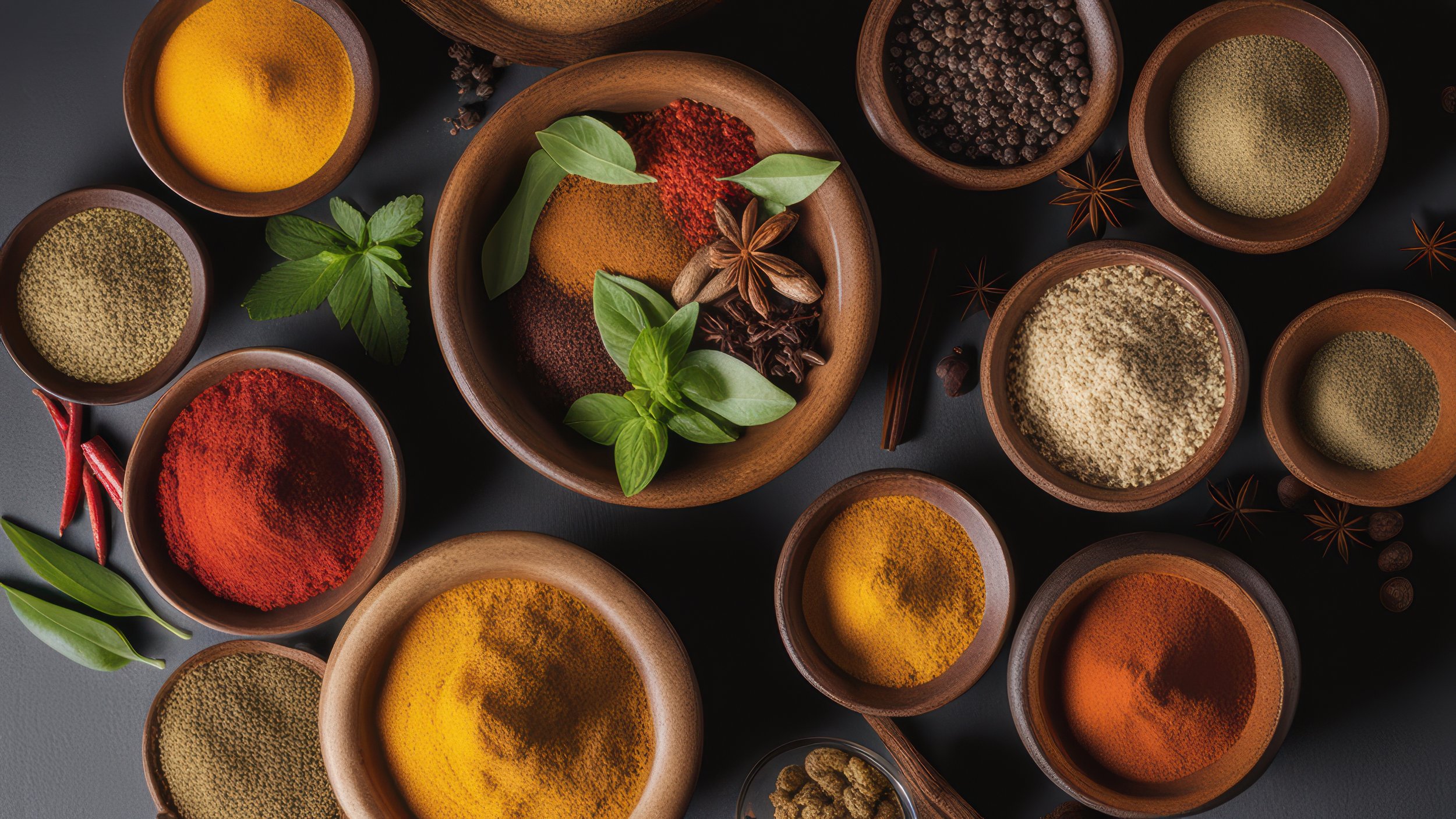









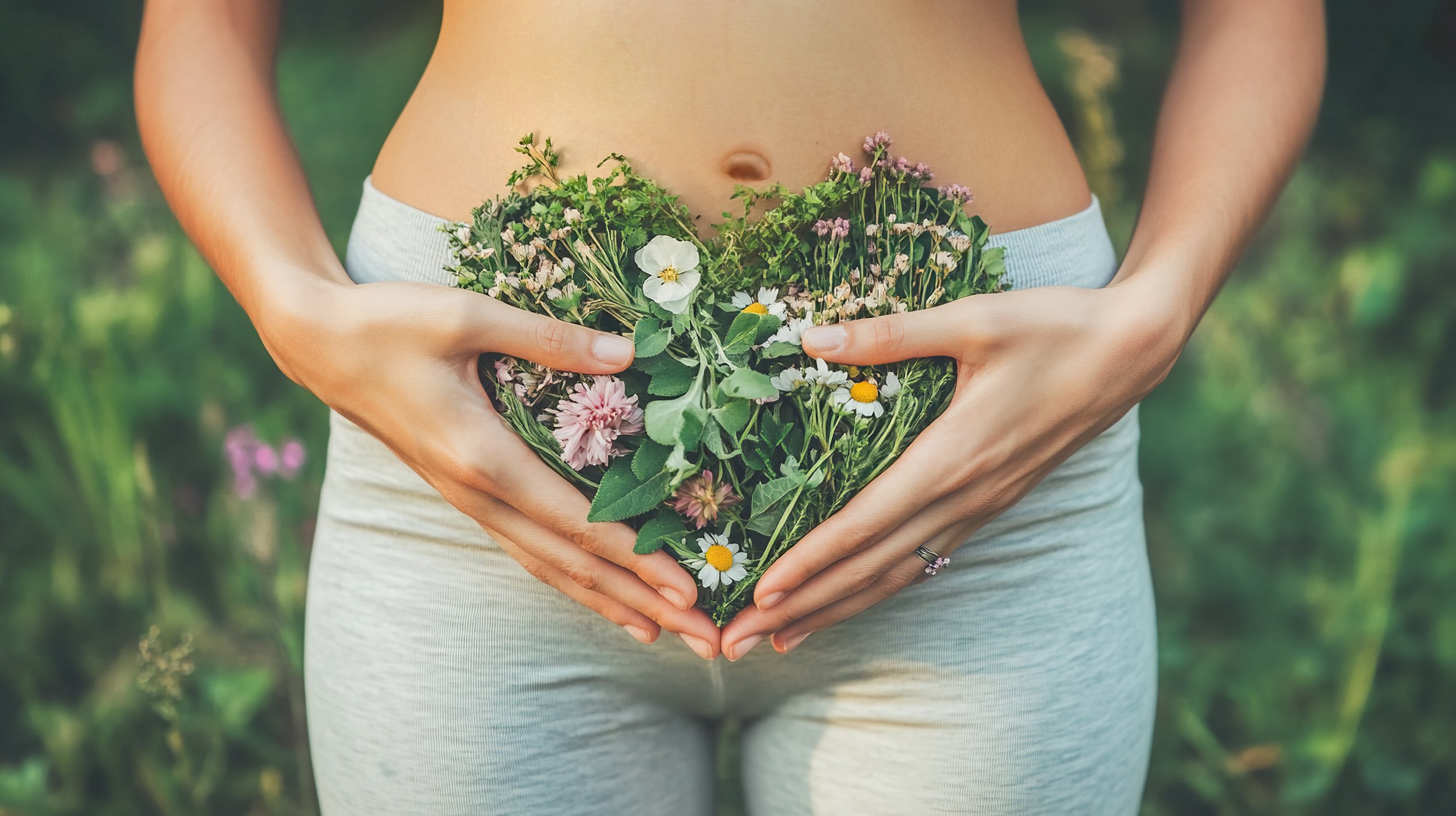
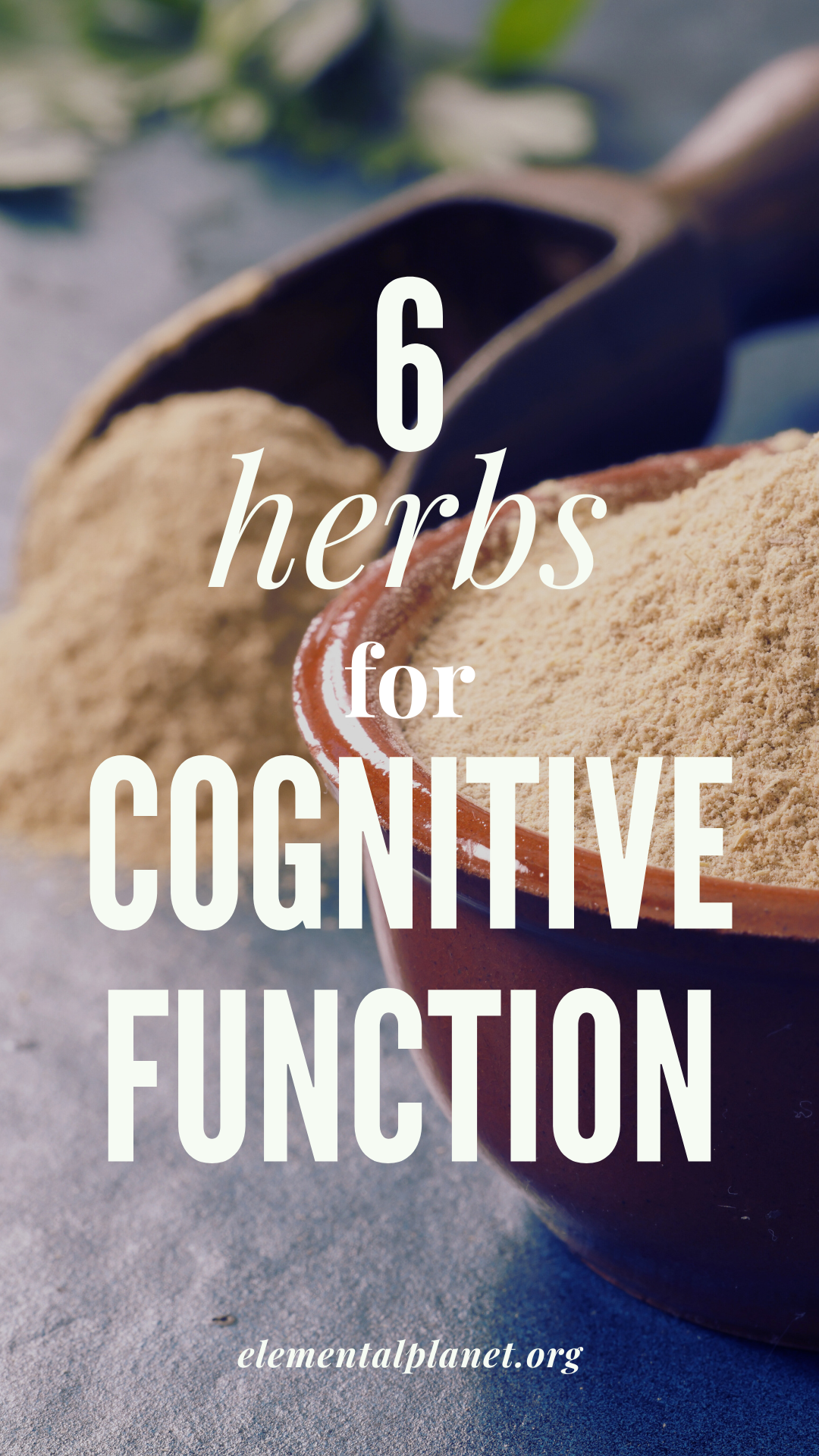

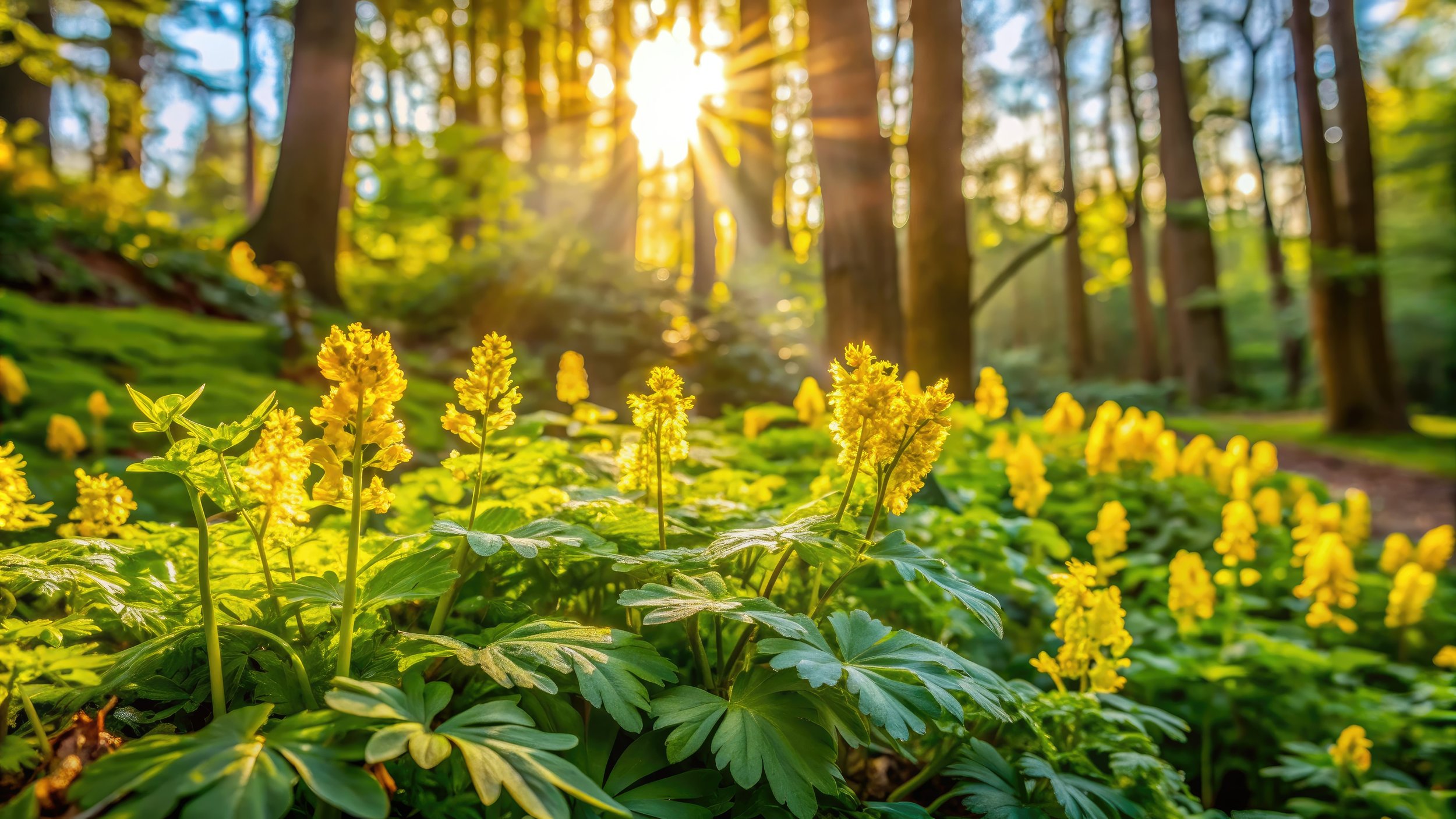
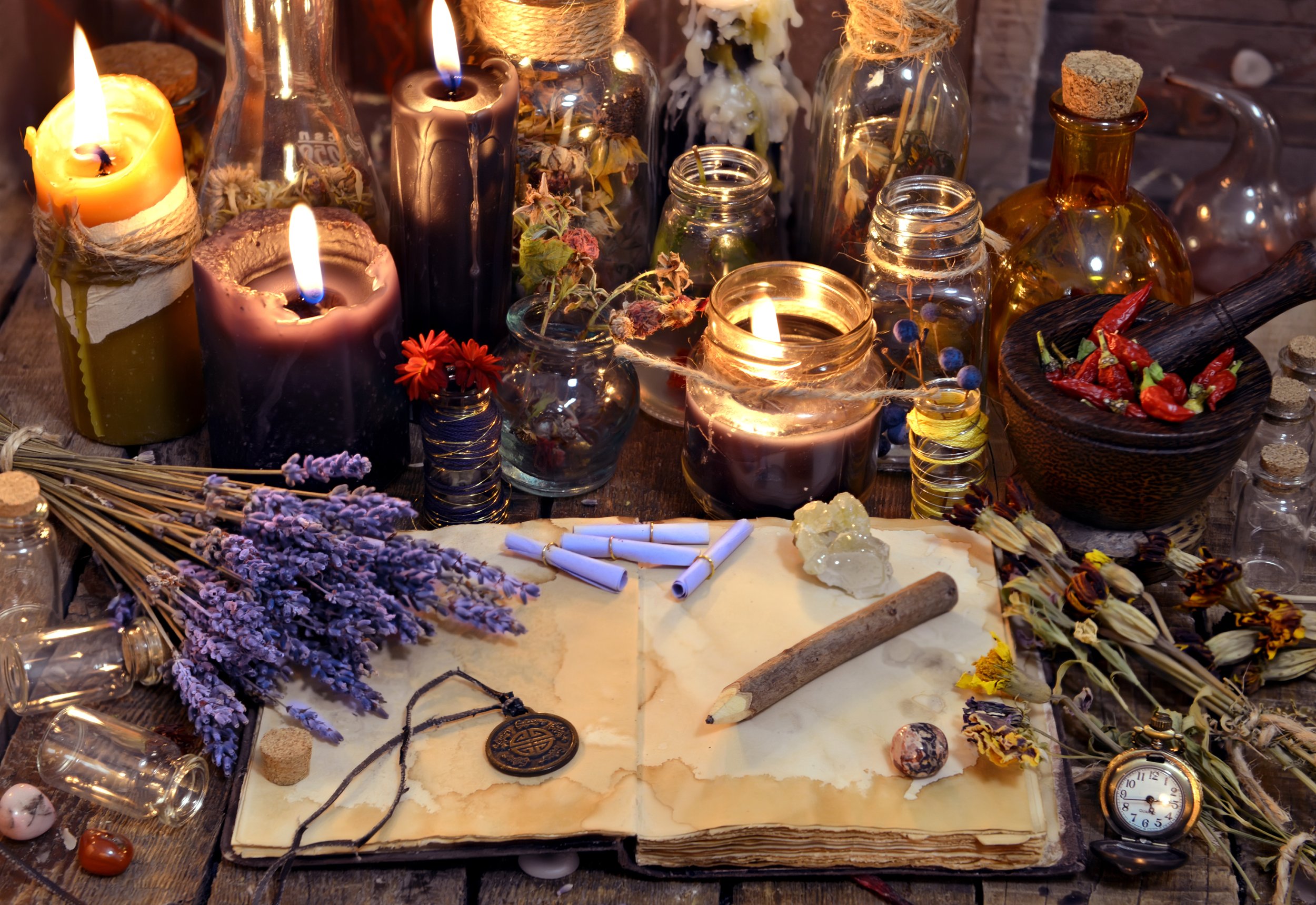

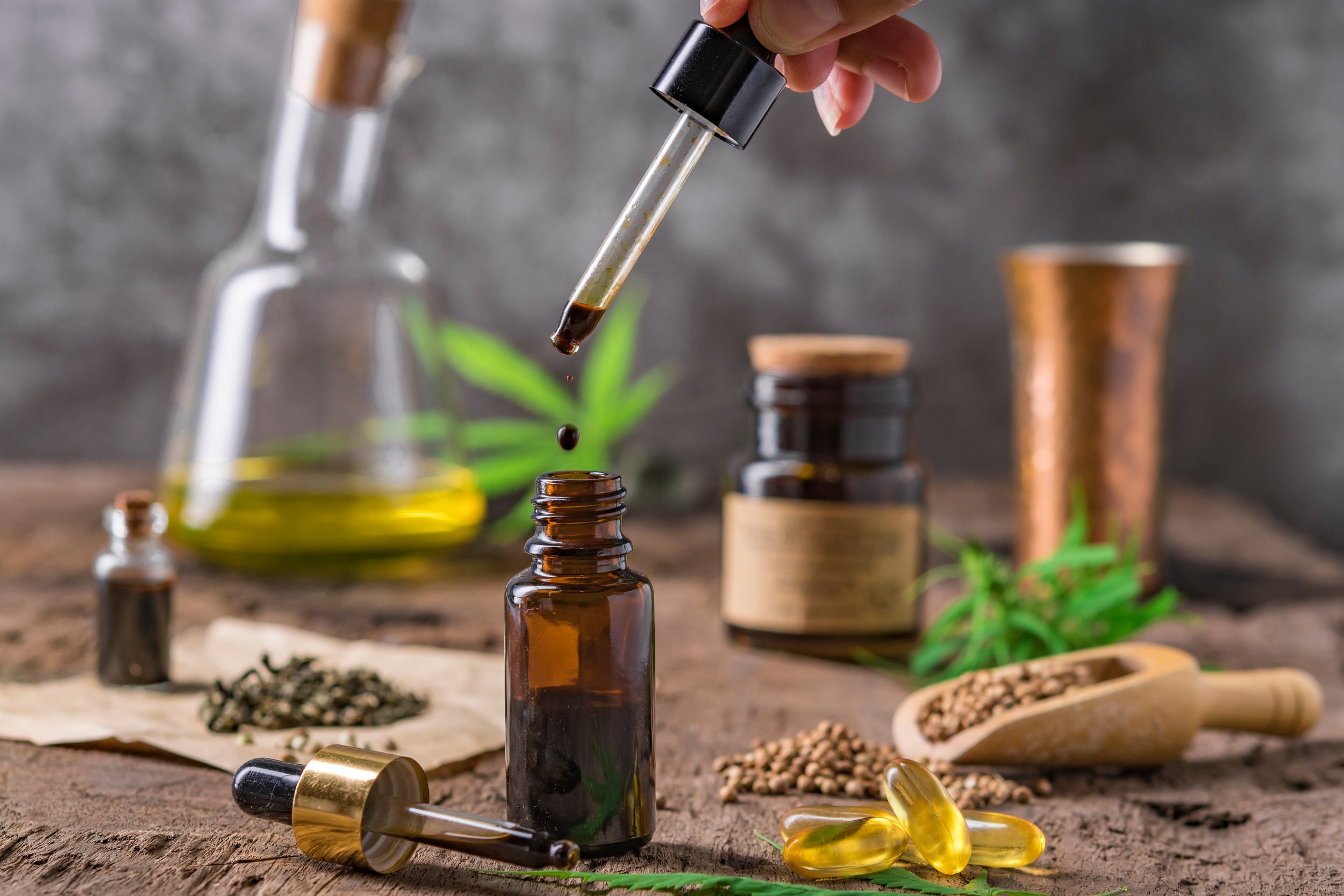



Hello and welcome! I'm Eve, a Chemist turned Herbalist, sharing the wonders of plant medicine and botanical skincare. Join me on this journey to Learn, Create, and Align your Divine!